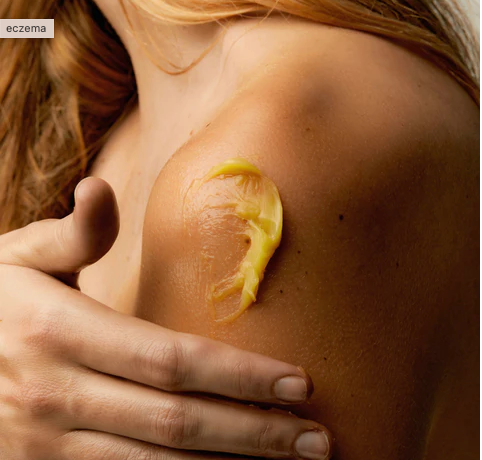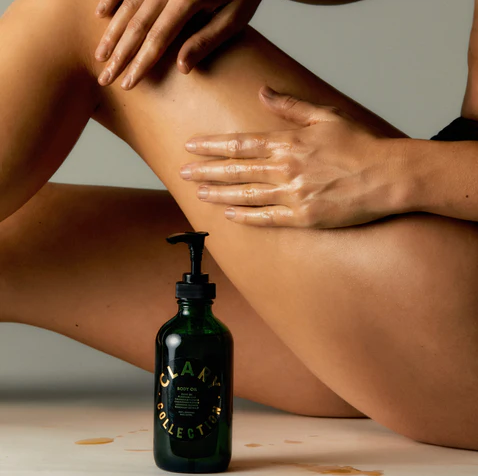Clary for Bumpy Skin? Keratosis Pilaris?

Have you ever noticed unsightly, little red bumps on your skin? If so, they may be a condition called keratosis pilaris—something I have been struggling with since childhood.
What is Keratosis Pilaris?
Keratosis pilaris is a fancy name for an un-fancy condition. It is a common, harmless skin condition that causes small, hard bumps that may make your skin feel like sandpaper.
The bumps are often light-colored and they usually appear on your upper arms, thighs, and buttocks, sometimes with redness or swelling. They can also show up on your face.
Keratosis pilaris is caused by a buildup of keratin, a protein that protects skin from infections and other harmful things. The buildup forms a plug that blocks the opening of a hair follicle.
Natural treatments for keratosis pilaris
Our newest Clary sister, Dr. Marlene Ehrler from Motherhood Medicine recommends a high quality Vitamin A and Zinc supplement.
Vitamin A plays a major role in keratinization (and in skin health in general), KP could be a sign of low vitamin A.
With higher doses of Vitamin A, please take care if you are pregnant or trying to get pregnant and check with your health-care provider.
Zinc is also vital to skin health and inter-plays with vitamin A in a symbiotic way.
Clary oil to the rescue
I recently noticed my toddler had bumps on the back of his arms, which made me think to share this recipe with you all. I am so thankful that using our Clary Body oil on his sensitive skin has reduced them considerably.
Clary Body Oil has a base of Olive Oil which is high in Omega acids and vitamin E. Our botanical infusion includes chamomile and calendula flowers, which stimulate circulation, plantain leaves which ease inflammation and lavender flowers, which soothe irritation and pain.
Sources:
- Dr Marlene - Motherhood Medicine
- “What is skin pH.” Health 24.
Beyond keratosis pilaris
Do you have dry, injured or irritated skin not caused by keratosis pilaris? The Clary Collection’s handmade, botanical Olive Balm soothes and treats a multitude of skin ailments.

- Tags: Beauty
0 comments



